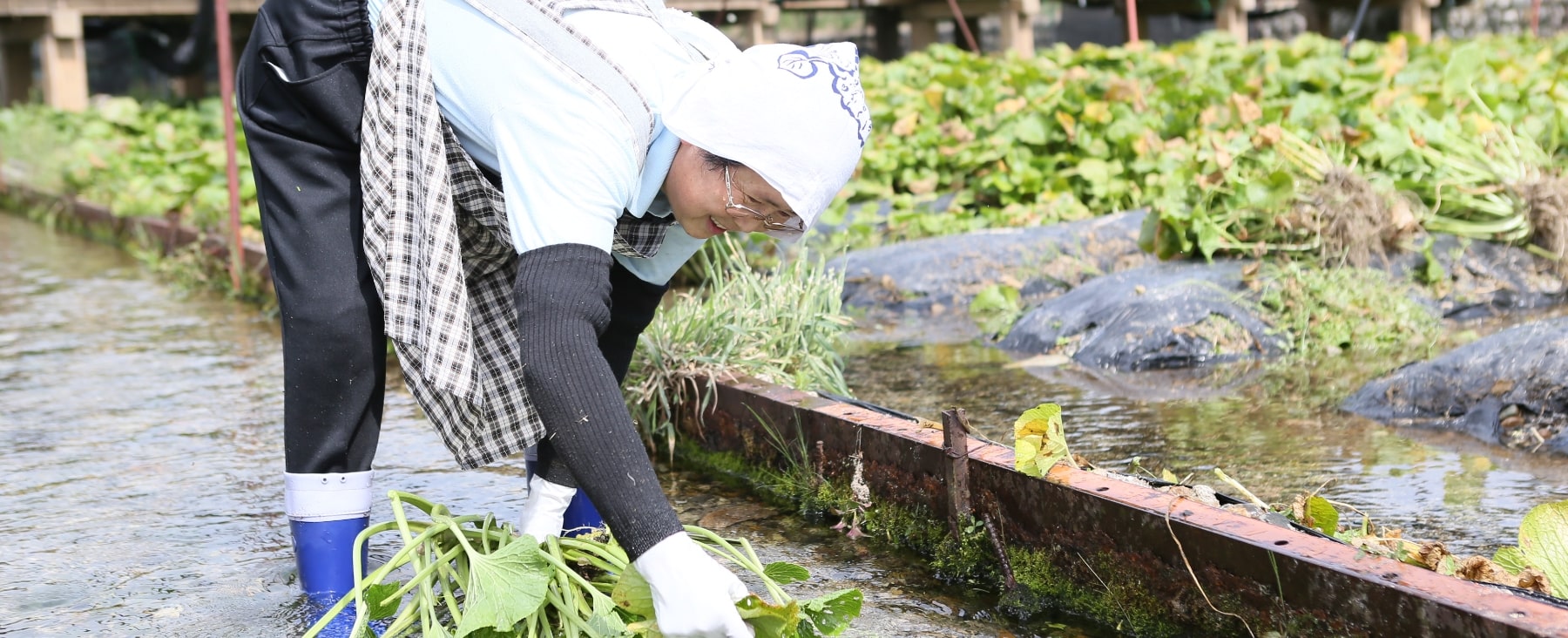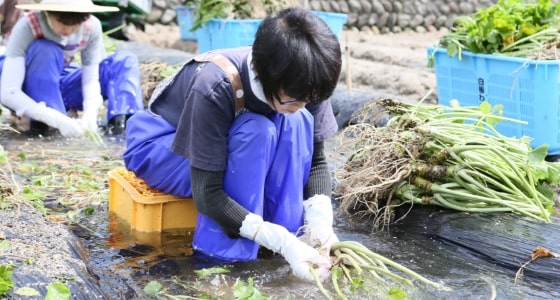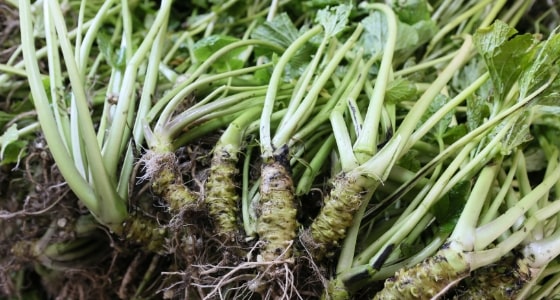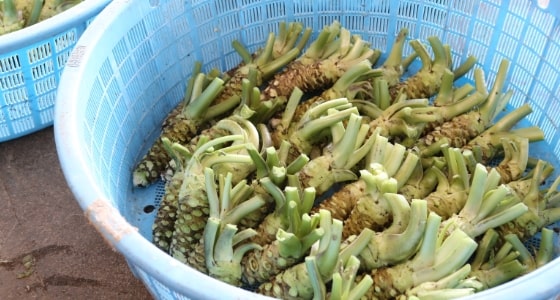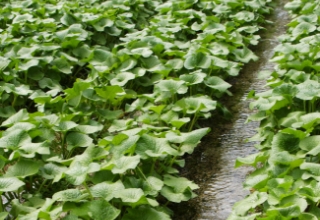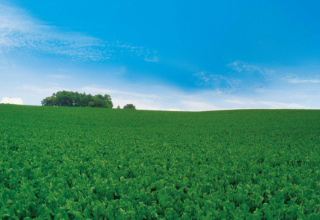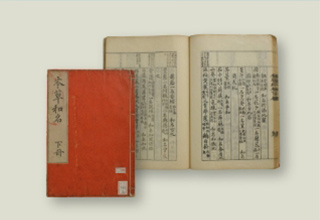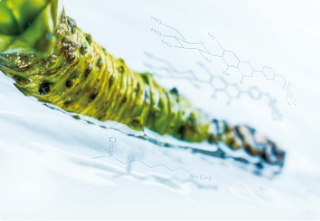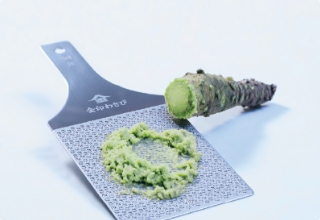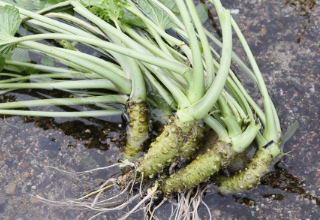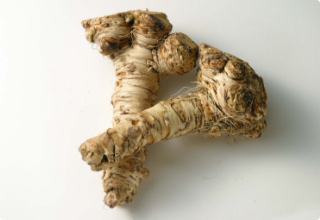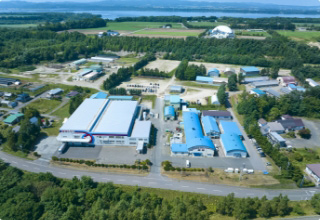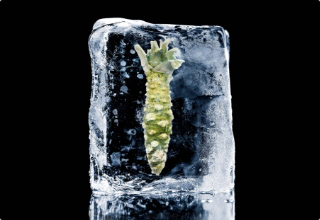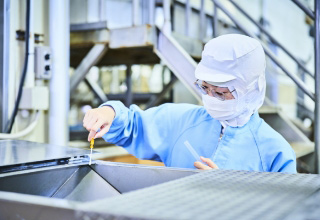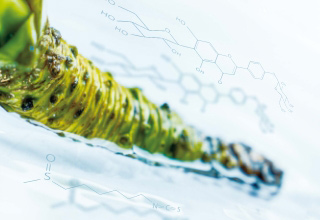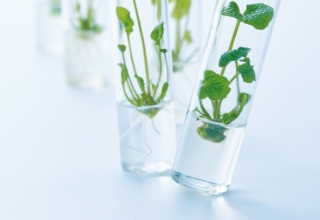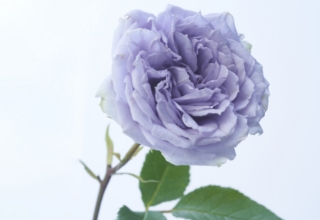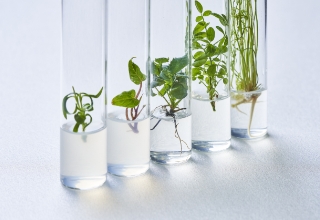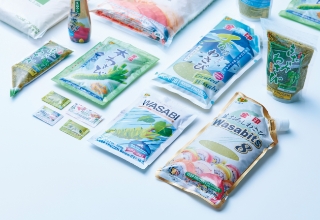- Top Page
- Commitment to Wasabi
Commitment to Wasabi
KINJIRUSHI is committed to domestically produced ingredients,
working closely with contract farmers across Japan to create ingredients without compromise.
Utilizing our unique experience,
we are also developing various new varieties and strains.
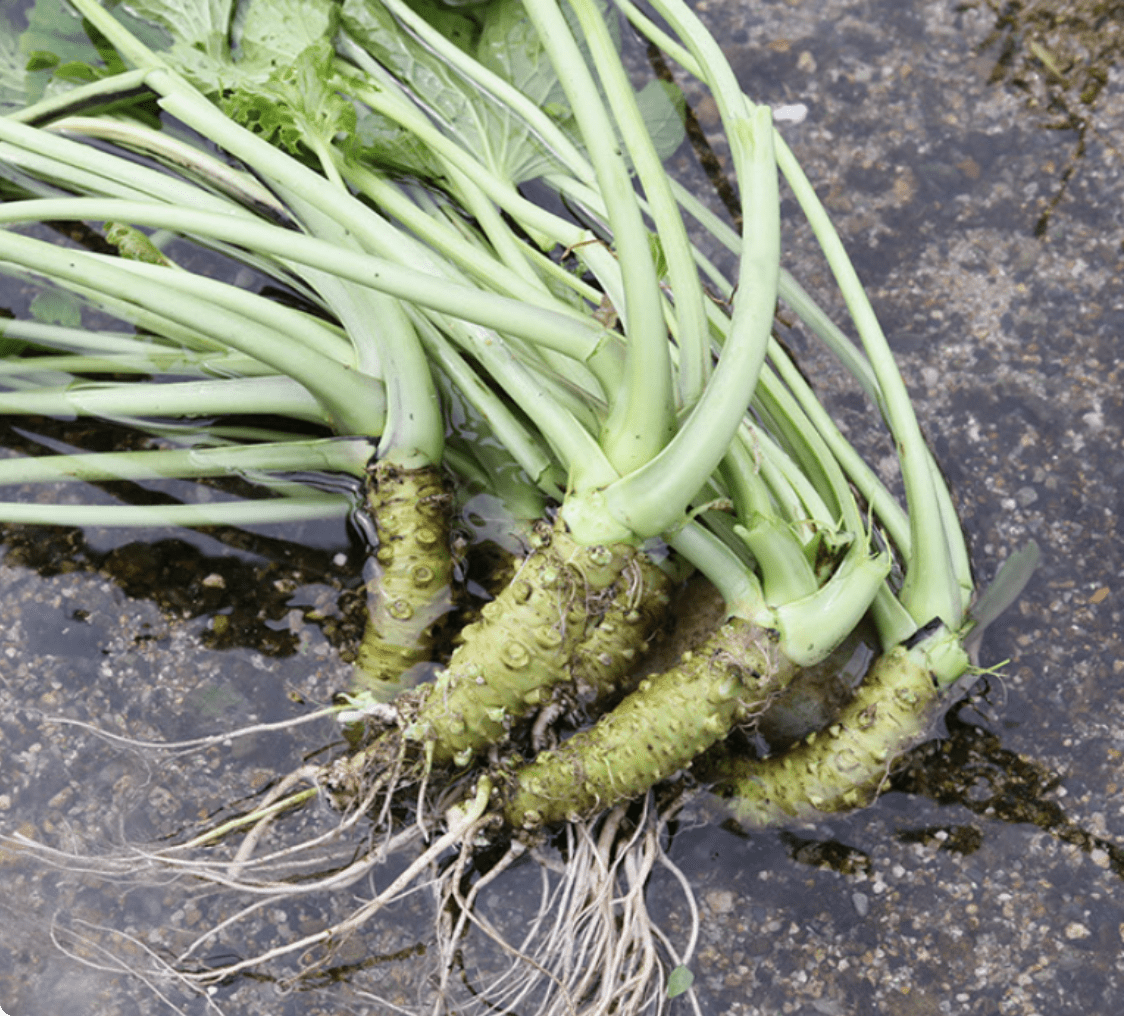
-
Our Commitment to Domestic Ingredients
While processed wasabi typically uses ingredients from overseas, KINJIRUSHI maintains a strong commitment to domestic ingredients, collaborating closely with contract farmers across Japan to create uncompromising quality. KINJIRUSHI prioritizes communication with all our farmers above everything else. We visit wasabi farms nationwide, listening to their challenges and collaboratively seeking solutions. Additionally, we work on soil preparation, seedling cultivation, developing new varieties, exploring new production regions, and supporting new farmers entering wasabi cultivation.
-
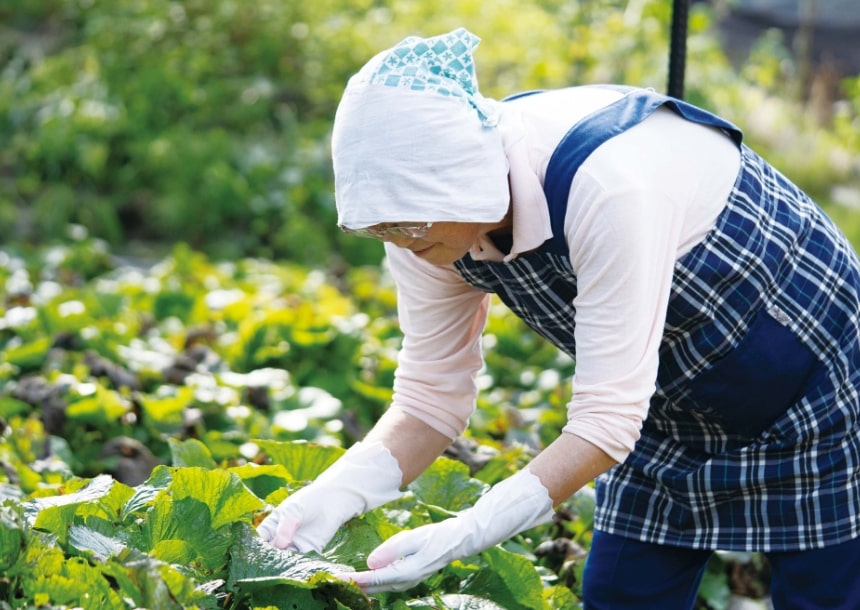
Developing New Varieties and Strains of Wasabi

-
Committed to superior ingredients, KINJIRUSHI strives to develop ideal wasabi varieties with excellent aroma, spiciness, and disease resistance. Leveraging our unique experience, we have developed a variety of new strains, including Mitsuki, suited to field cultivation, and Izu Kogane, renowned for its vibrant color and aroma when grated.
-
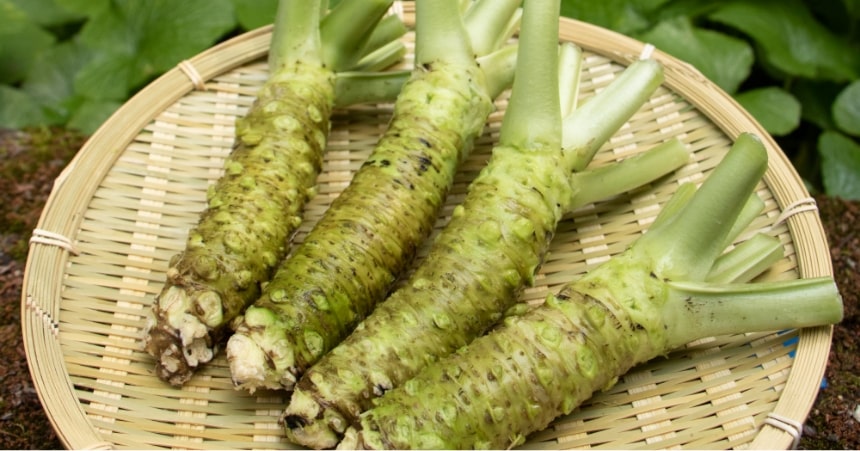

Commitment to
Domestically Produced Wasabi
From Takako Shiraita's First Encounter
with Wasabi to Cultivation
My First Encounter with Wasabi
Since my father was a wasabi wholesaler, wasabi had naturally surrounded me from birth. At that time, however, there was very little actual wasabi cultivation happening. It was my generation that began serious cultivation. It was Motoji Kobayashi, KINJIRUSHI's founding president, who inspired us to fully engage in wasabi farming. At the time, KINJIRUSHI mainly handled powdered wasabi, but President Kobayashi encouraged us to expand into fresh wasabi, providing financial support so we could start cultivation.
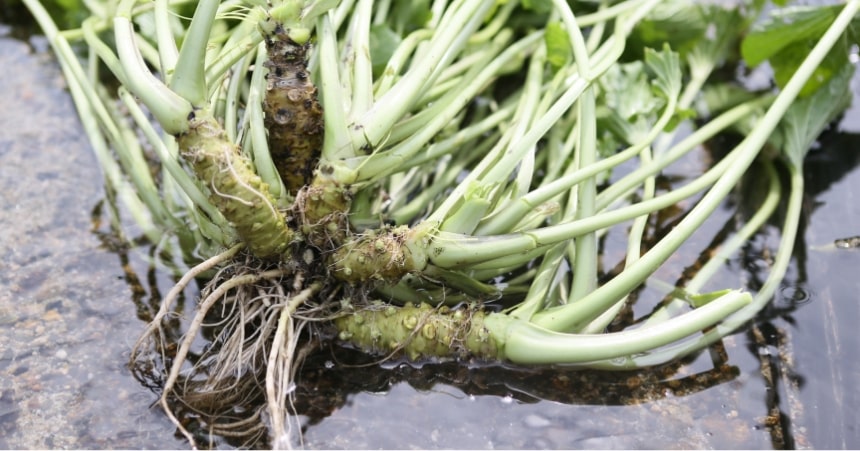
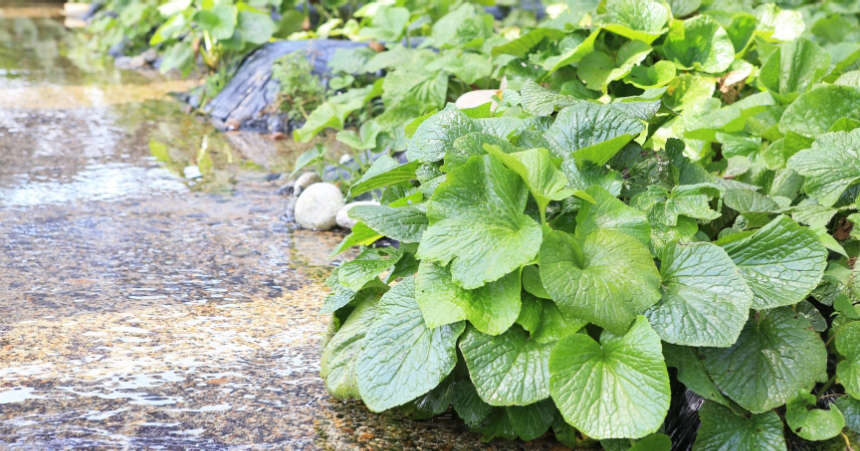
Wasabi Grown in Pristine Water
Wasabi cultivation begins with seedlings. We purchase seedlings from KINJIRUSHI and Shizuoka Prefecture, planting them gradually from April to October. Around autumn, when seedlings from Shizuoka become unavailable, we source locally or procure high-quality bio-seedlings from KINJIRUSHI. Unlike rice, wasabi is harvested gradually over an extended period rather than all at once. Recently, greenhouse cultivation has allowed for ideal water temperatures to be maintained, enabling year-round production of high-quality wasabi.
Wasabi takes between 14 to 18 months from planting seedlings to harvest.
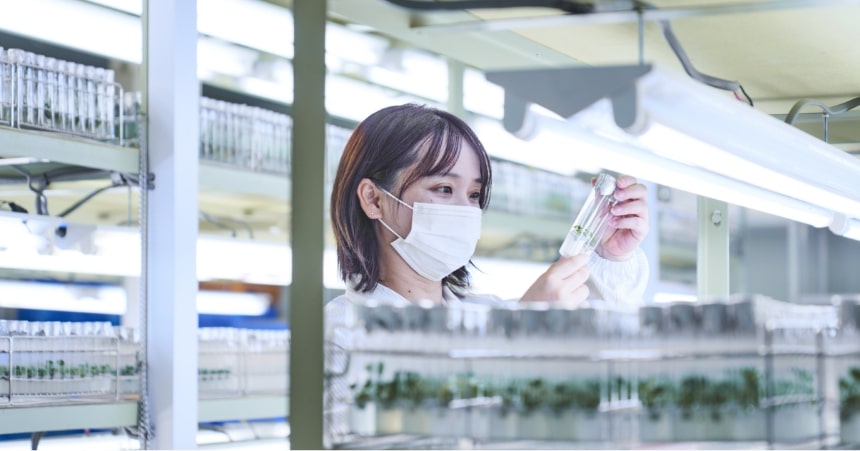
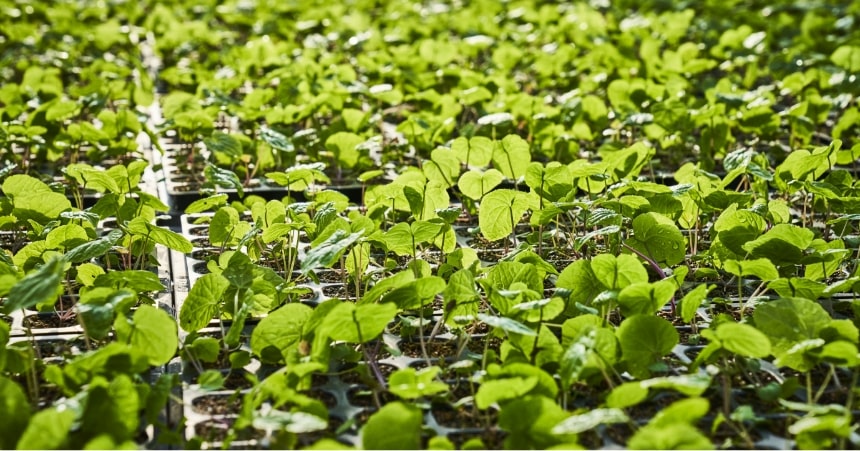
Delicate Wasabi Cultivation
Wasabi is a very delicate vegetable. Too much sunlight harms it, so it thrives better in shade. But without any sunlight, it remains undersized. Often described as inversely proportional to rice yields, a good year for rice often means a poor year for wasabi, and vice versa. Water temperature must consistently stay between 13 °C and 15 °C. High water levels in fields attract shrimp that eat wasabi plants, or algae and moss, hindering wasabi growth. Managing water levels becomes particularly challenging in years with heavy snowfall. Wasabi cultivation truly is a battle with nature.
